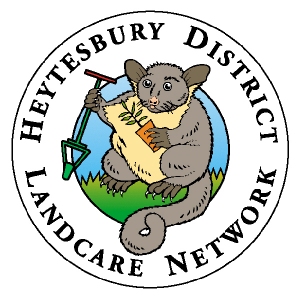Source: Land & Water Australia (2005)
An example of a budget that would help make a decision on whether to adopt raised beds is presented below. For this example budget, the following assumptions are made:
- the area to be cropped is 900ha
- one year in four is a wet winter
- during wet winters, flat land crops yield 30% less than raised bed crops
- during normal years, flat land crops yield 5% less than raised bed crops
- the farm operates on a three year rotation of wheat - canola - barley and is currently sown to 300ha of each
- grain price are wheat $200/t, canola $350/t, barley $170/t
- average yield increases shown in Table 1
Table 1 - Typical setup costs for raised beds
| Operation |
$/ha |
| Surveying & paddock layout plans |
25 |
| Cultivation (1-3 times) |
50-150 |
| Bed forming |
50 |
| Graded collector drain |
5 |
| Mounded headlands incl grassed waterways |
25 |
| Total |
155-255 (205) |
- The cost of using contractors to set up the system, as calculated in Table 1 is $205/ha. For 900 hectares this comes to $184,500. These setup costs will be amortised (paid back) over a 10 year period at an interest rate of 7%
- The extra costs associated with modifying machinery are $20,000 and the cost of a consultant is $4,000. Both are amortised over 10 years at 7%.
- Total amortised costs for 900 hectares is $29,960
- Allowing for a one in four year penalty from waterlogging of 30% of crops grown on the flat, and a 5% annual difference in favour of raised beds in the other three years
Table 2 - Estimated annual return from crops grown on raised beds (2005 prices)
| Area & crop |
Extra yield t/ha x price $ |
Total annual return $ |
| 300 ha wheat |
0.6 x 200 |
36,000 |
| 300 ha canola |
0.3 x 350 |
31,500 |
| 300 ha barley |
0.8 x 170 |
40,800 |
| Total |
|
108,300 |
With a total extra annual return of $108,300 (Table 2) and total annual amortised costs (including interest) of $29,690, for this example the average annual net benefit from the raised beds to the farm business is ($108,300 - $29,690) $78,610 or $87/ha.
|
|

